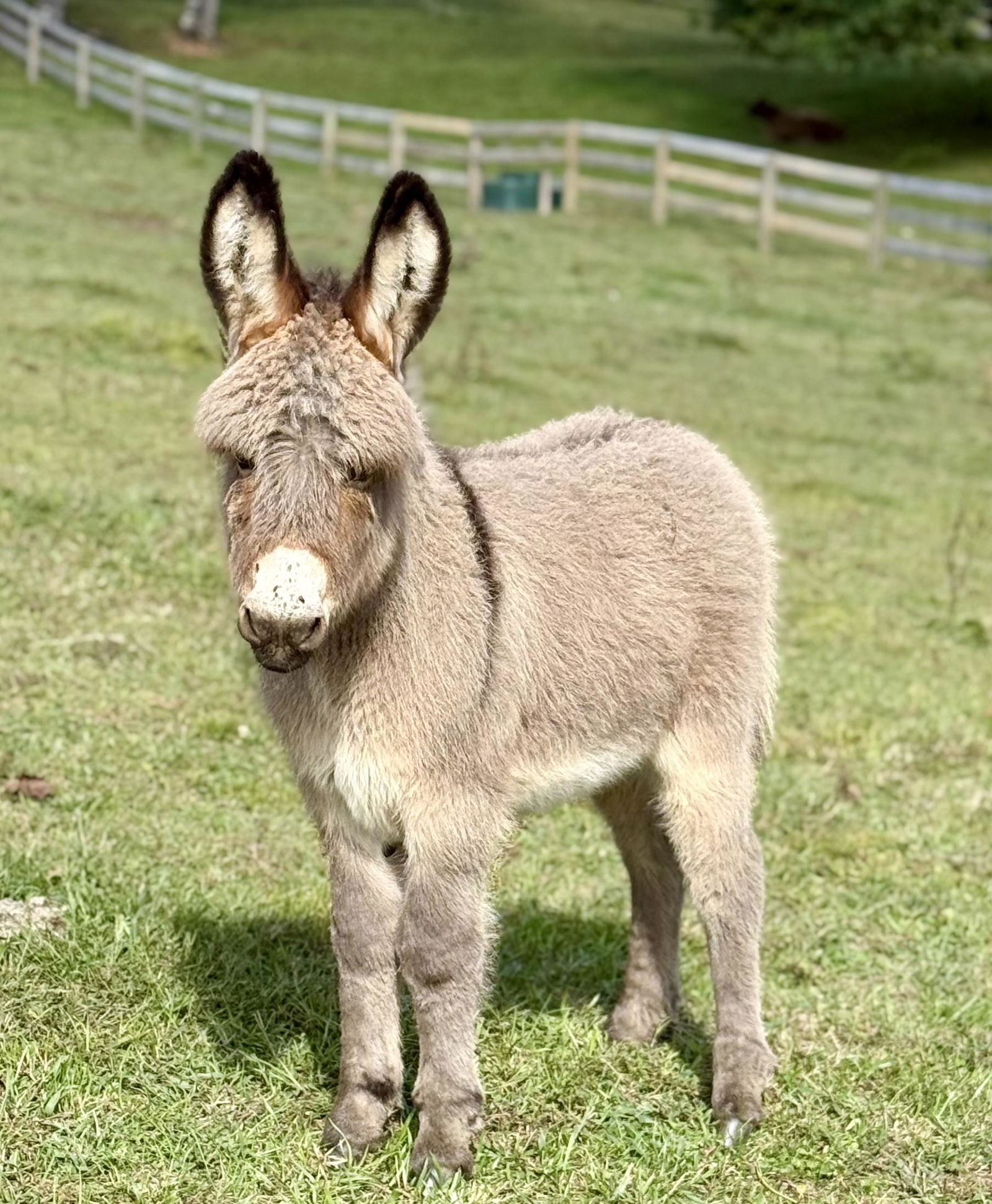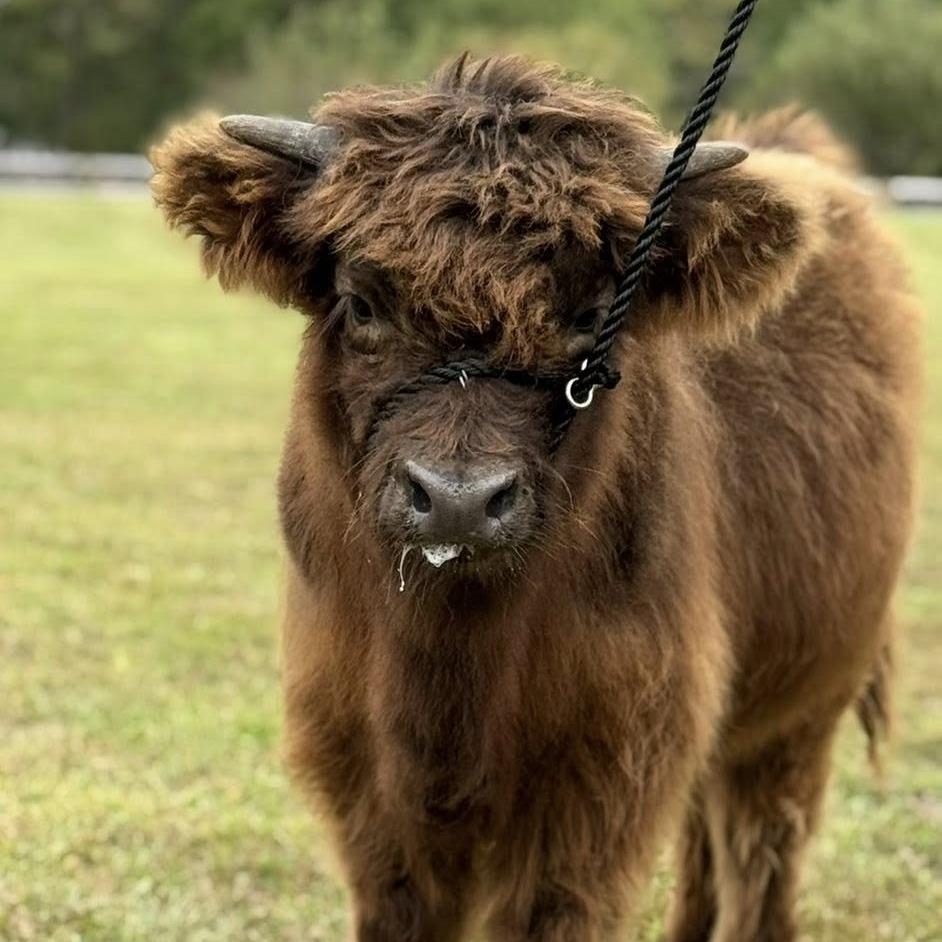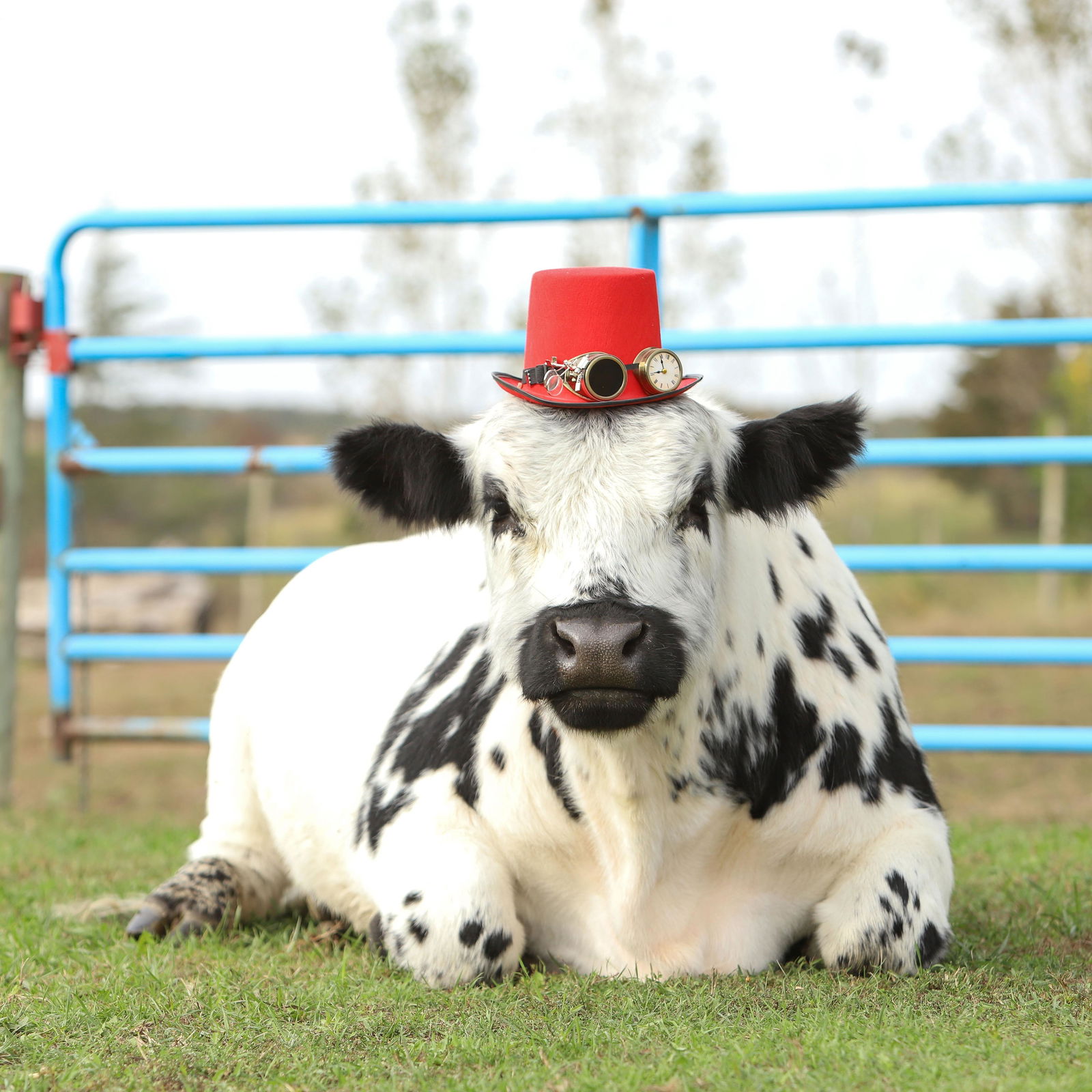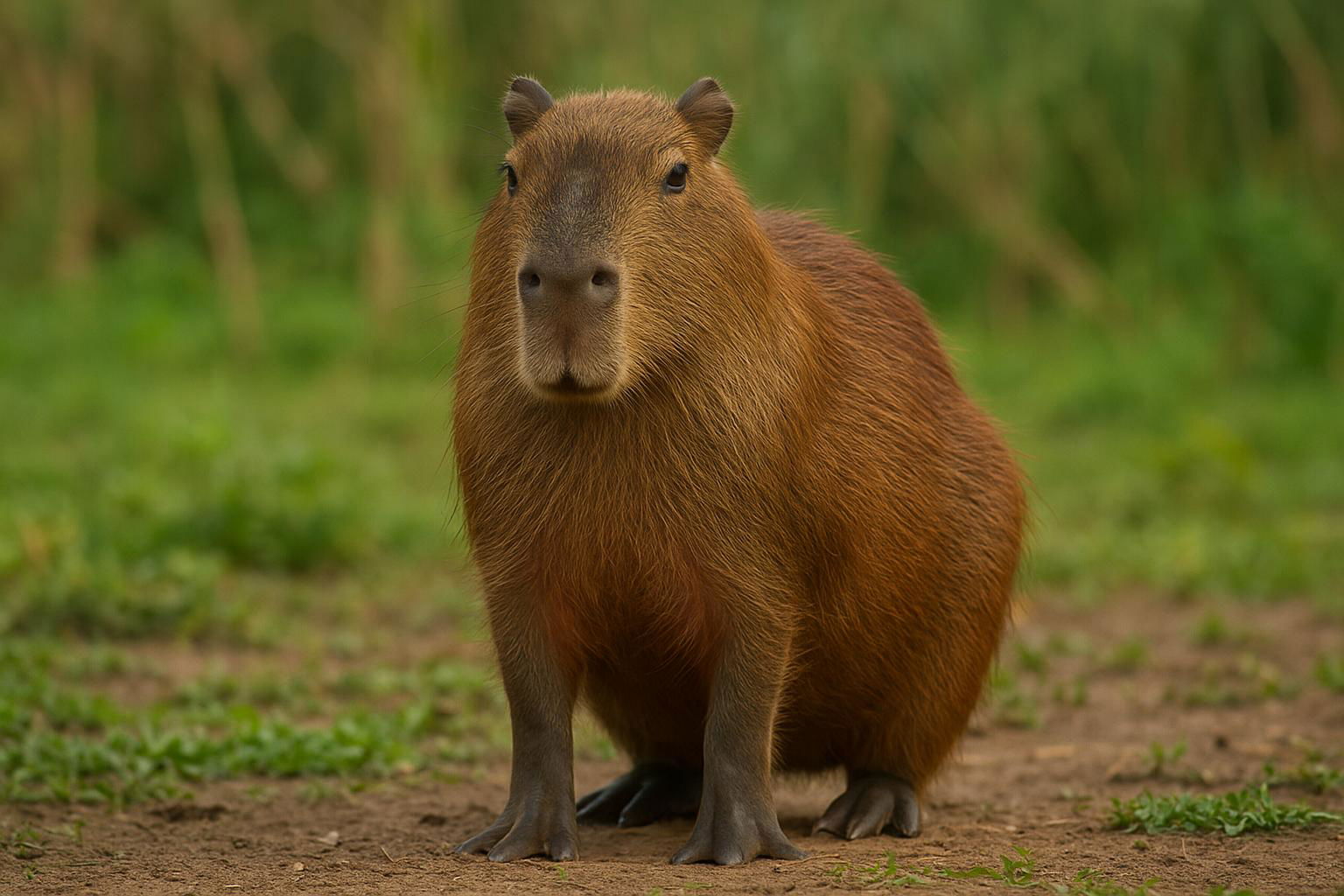
Capybara
Hydrochoerus hydrochaeris
The capybara (Hydrochoerus hydrochaeris) is the world's largest rodent, with adults typically weighing between 35 to 66 kilograms (77 to 146 pounds) and measuring about 106 to 134 centimeters (42 to 53 inches) in length. Native to South America, they can be found in countries such as Brazil, Venezuela, Colombia, and Argentina. Capybaras are highly social creatures, often seen in groups of 10 to 20 individuals, although groups of up to 100 have been recorded during the dry season when water sources become limited.
With their stocky bodies, short legs, and webbed feet, capybaras are well-adapted to their semi-aquatic lifestyle, often inhabiting regions near rivers, lakes, and swamps. Their diet is chiefly herbivorous, consisting of grasses, aquatic plants, and occasionally fruits and barks. Capybaras possess continuously growing teeth, which they keep in check by grazing.
Capybaras are known for their gentle and docile nature, making them relatively approachable by humans and other animals. In the wild, however, they must remain vigilant against natural predators such as jaguars, anacondas, and caimans. Well-adapted swimmers, capybaras can remain submerged for several minutes, which they use as a strategy to evade threats. Socially complex, these rodents communicate through a variety of vocalizations, including purring, whistling, and barking, contributing to their intricate social structures.

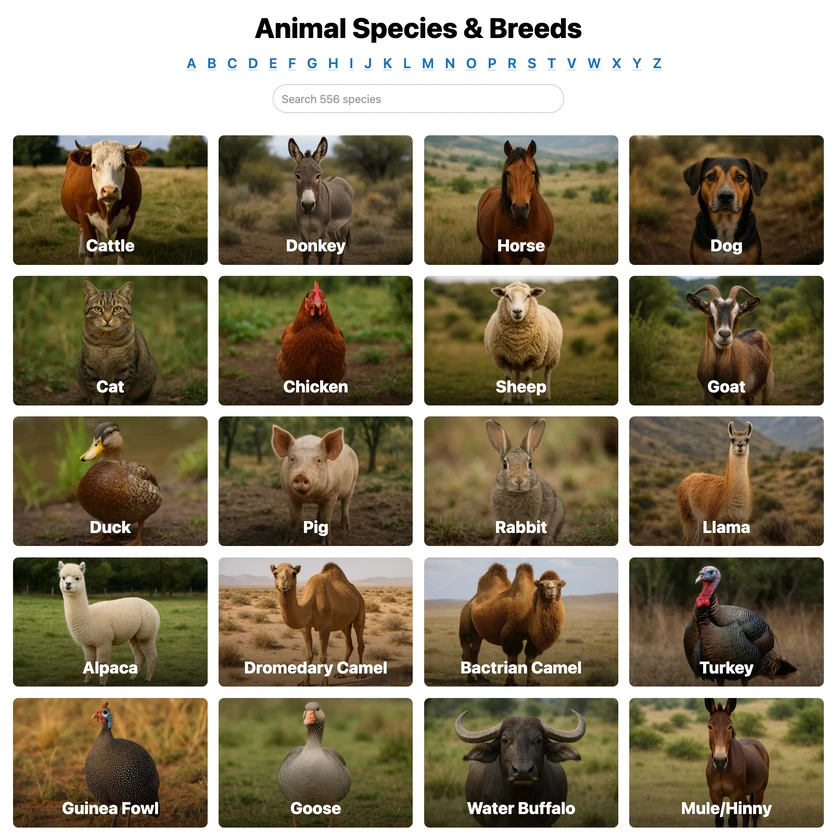 All Species & Breeds
All Species & Breeds
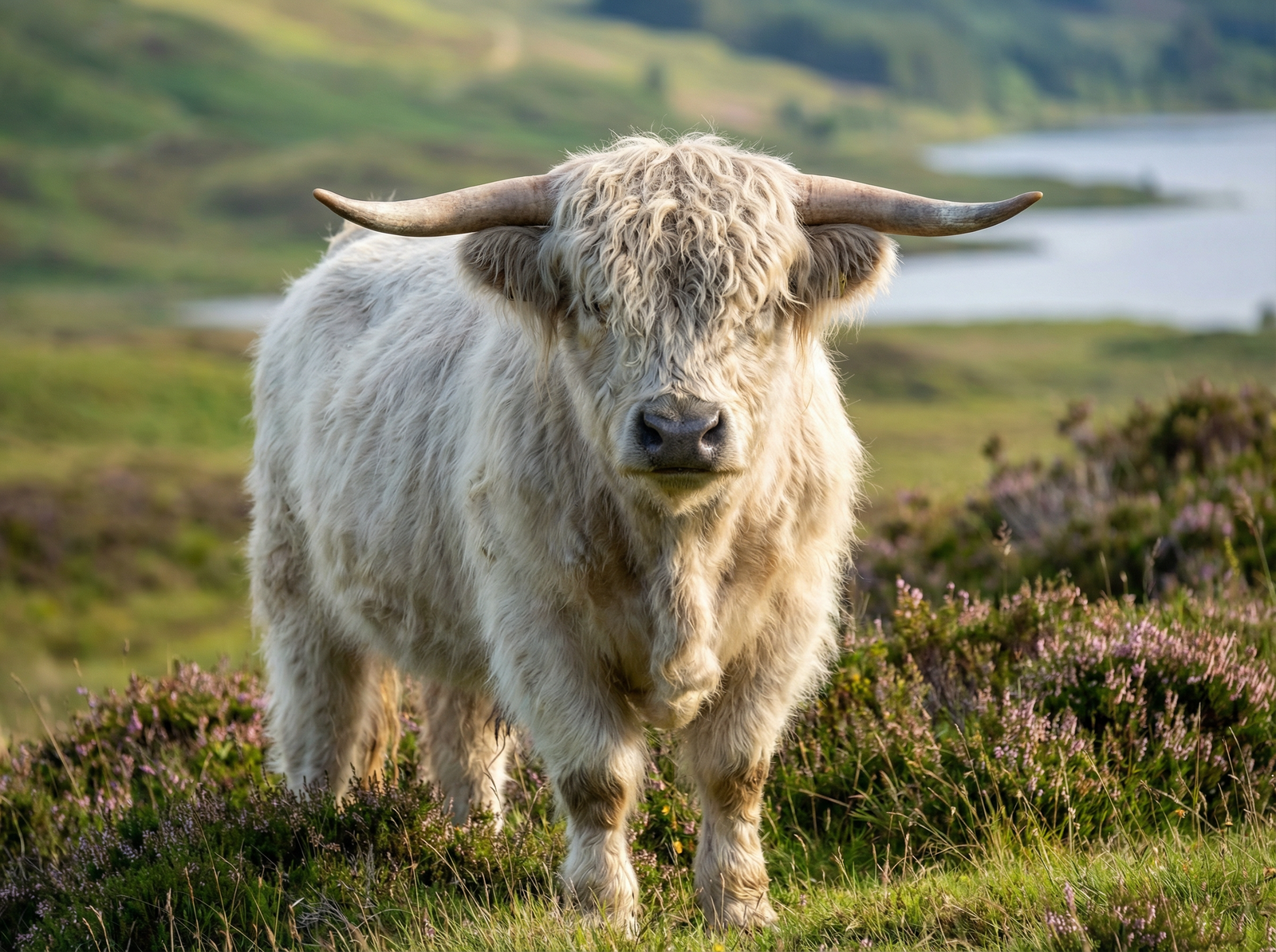 Highland Cattle
Highland Cattle
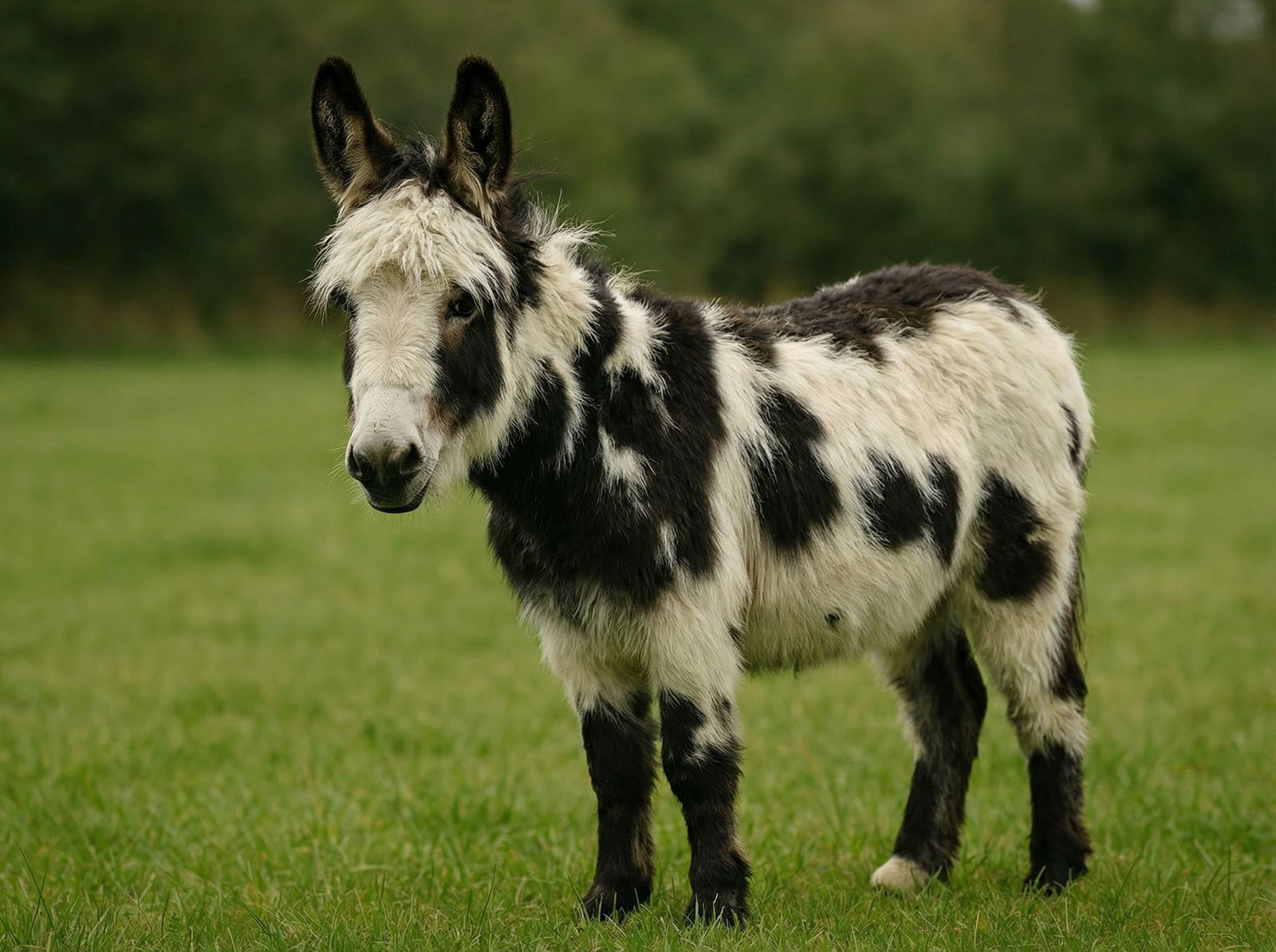 Miniature Donkeys
Miniature Donkeys
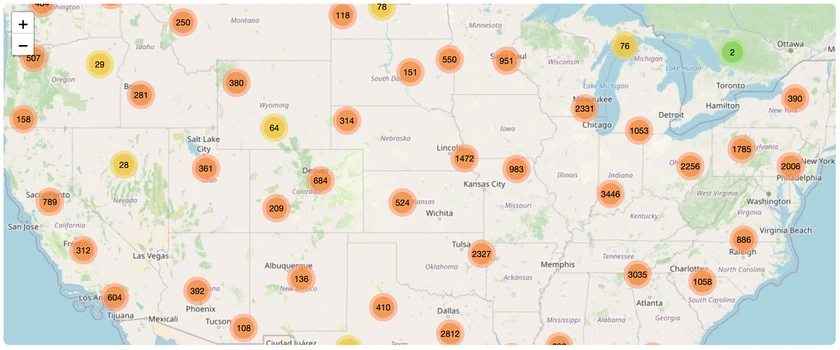 All Species Directory
All Species Directory
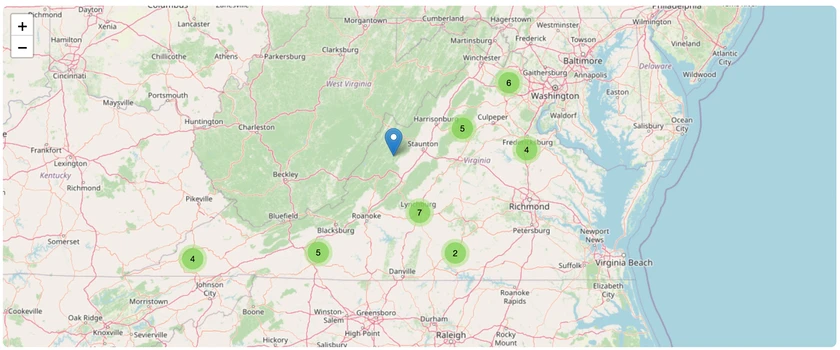 Highland Cattle in Virginia
Highland Cattle in Virginia
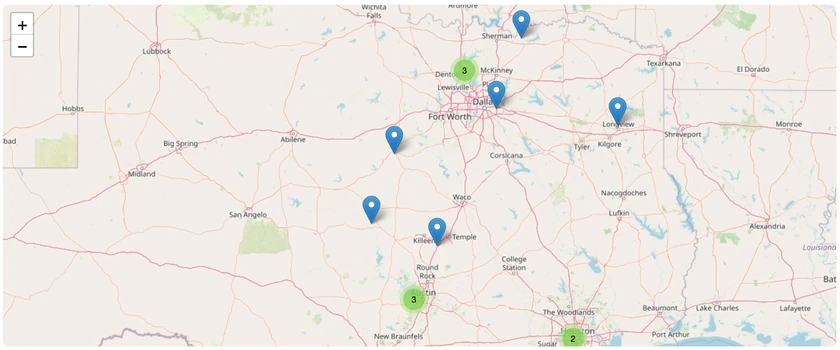 Miniature Donkeys in Texas
Miniature Donkeys in Texas
